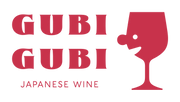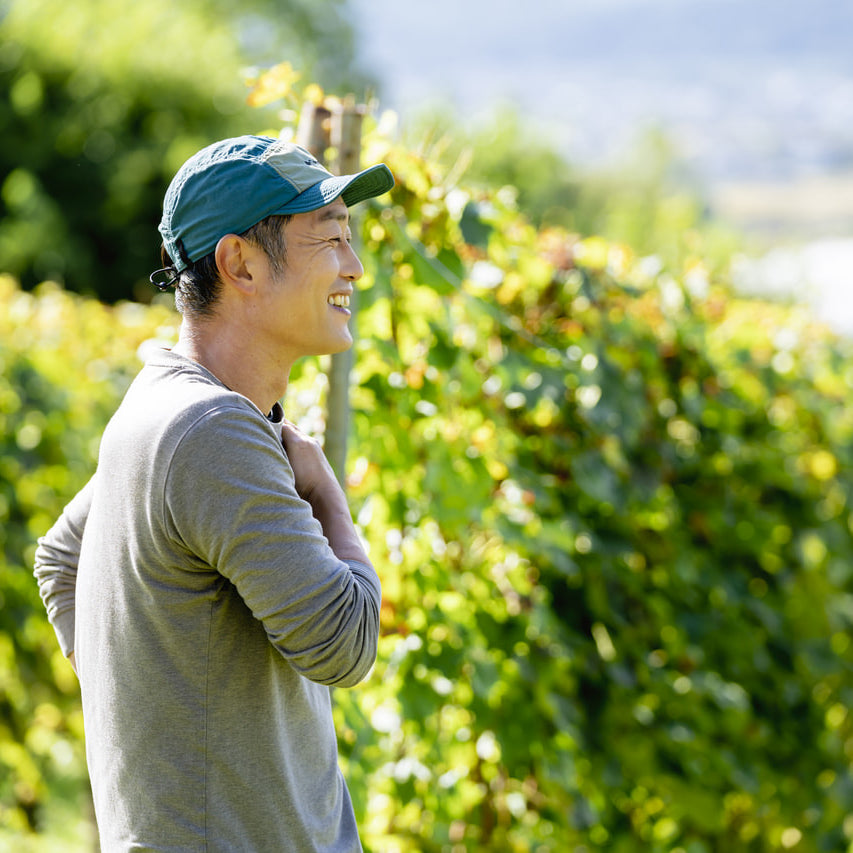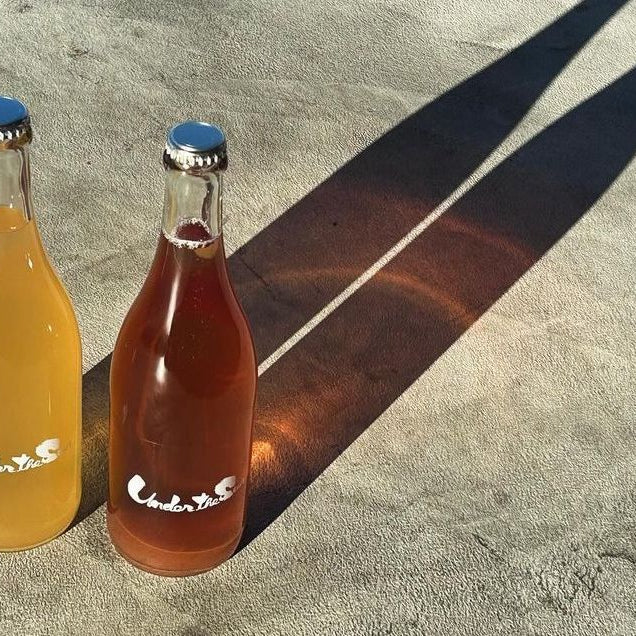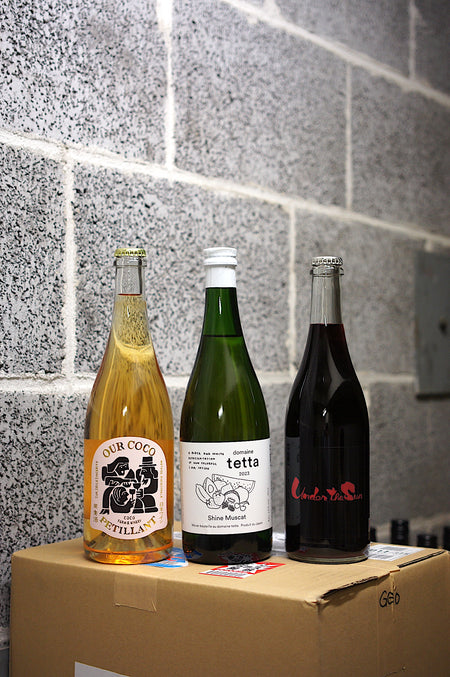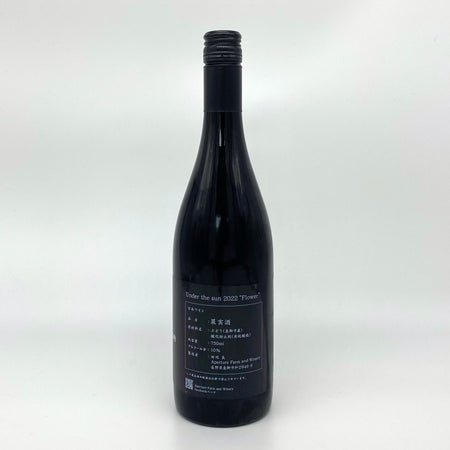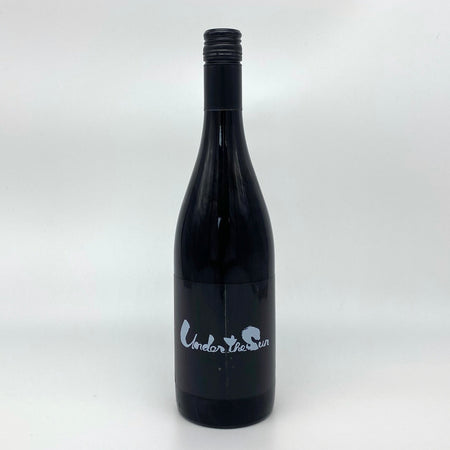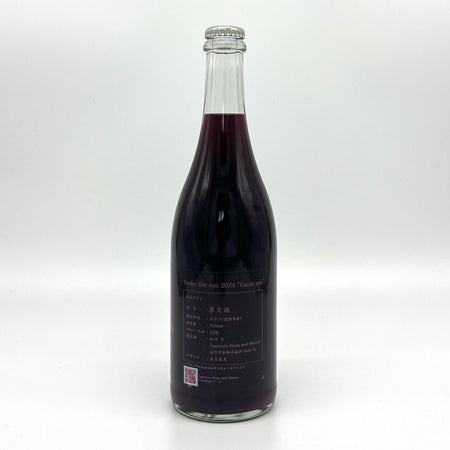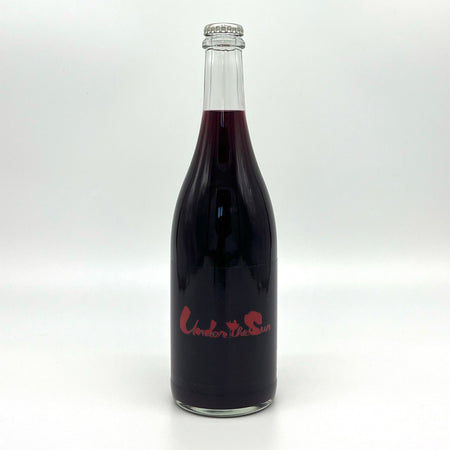Aperture Farm and Winery
Tomi, Nagano
People
Ryo Tanabe was born in 1981 in Hasuda, Saitama. After studying photography at university in the USA, he returned to Japan and worked for a trading company and a liquor shop before moving to Tomi, Nagano, in 2010 with the intention of starting a winery.
The winery's name, Aperture, comes from the 'aperture' of a camera. It expresses his desire to 'focus on winemaking and vegetable farming'. The photos on some of the wine labels were taken by himself with his iPhone.
He studied photography in the USA and was 24 when he first encountered wine. 'When I realised it was difficult to make a living in photography and returned to Japan, the only thing I had acquired was English'. He put his English to good use when he found a job at a trading company, where he came across a variety of wines.
Over time, he changed his job to a liquor company, where he wanted to specialise further in wine. There, he became in charge of Japanese wines. As he visited wineries around the country and walked around the vineyards, he got interested in winemaking himself.
“I used to be a photographer and I liked making things. I wanted to put my own works out into the world rather than sell other people's things. With this in mind, I remember being shocked when I visited Nakazawa Vineyard in Hokkaido. I was shocked to find a vineyard with such a variety of living creatures. That's when I decided that I too would become a vigneron”.
He moved to Tomi in 2010 with the aim of becoming a winemaker. To earn a living, he first learnt to grow vegetables under an organic farmer. Today, he grows about 30 varieties of organic vegetables on a 1 ha plot and delivers them mainly to contract French and Italian restaurants in Karuizawa.
“The vegetable growing cycle is many times faster than that of grapes, so you need to be constantly observing. The observation skills I acquired there are very useful for grape growing”.
He started growing grapes in 2010 when he moved to the city and released his first vintage made on commission in 2013. He learnt winemaking while working at Manns Wines (Komoro) in the winter, and at the same time he was able to develop his skills by working on his own winemaking at the commissioned winemakers cave hatano and Domaine Nakajima (both in Tomi).
He then opened his own winery in August 2022.
Vineyard
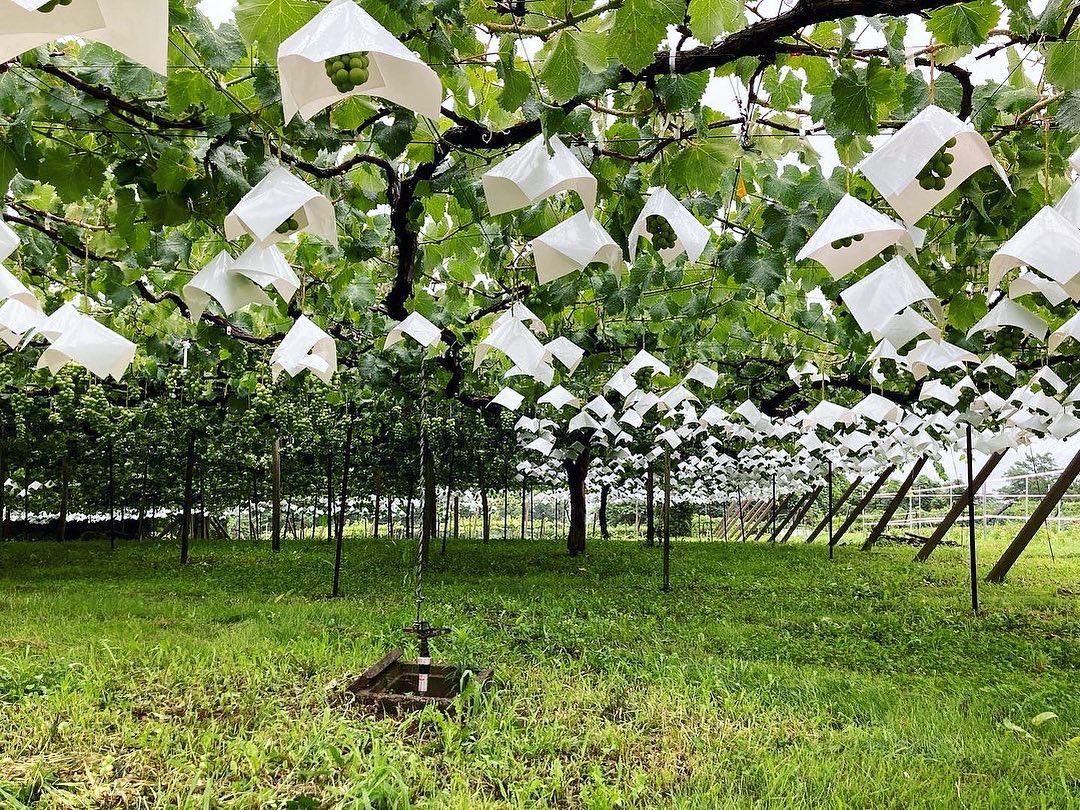
The climate is the reason why he from Saitama chose Tomi in Nagano as the location for his winery.
“As the statistics show, Tomi really has a high percentage of sunny days and a cool climate, making it an ideal place for viticulture. The distance from Tokyo is also good. Besides, there was a good acceptance of new farmers. I was also attracted by the personalities of the winemakers in and around Tomi whom I met at the time, and I wanted to work together with them in friendly competition”.
The vineyard currently covers approximately 2 ha. The vineyards are located at an altitude of 600-800 metres, and based on the experience gained from organic vegetable cultivation, the vineyards are cultivated in an extremely bio-friendly way, using only Bordeaux mixture and no chemical fertilisers, pesticides or fungicides.
Previously, only Merlot was grown, but now Sauvignon Blanc, Chenin Blanc, Kyoho and Delaware are also grown. Chenin Blanc in particular is considered a suitable variety and will be increased in the future.
He believes that 80-90% of a wine's taste is determined at the time of harvesting the grapes, and he is constantly researching how to create an environment in which the grapes can grow. For example, some bunches of grapes are grown under umbrellas to protect them from the rain.
Even so, the umbrella cover is exposed to rain depending on the direction of the wind, which inevitably results in diseased fruit. This makes it time-consuming to remove damaged fruit, but the added stress is expected to result in a more complex flavour.
He does not use insecticides for pest control, only Bordeaux mixture, but he keeps a record of the number and amount of sprays he sprays each year and seeks them out. He is also careful about the materials he uses in the field, for example, rain umbrellas are made of a material that can be used for years, no paper, and he does not burn used umbrellas in the vineyards.
He wanted to put what was originally in the vineyard back into the vineyard, so he left the cut grass as it was and used it as fertiliser, and the branches removed after selection are crushed and spread on the vineyards after the diseased parts have been removed. As he continued his research, he gradually established his original way of doing things.

One variety that is particularly special to his heart is the Kyoho.
Tomi is one of the leading production areas of Kyoho in Japan, but in recent years, the popularity of Shine Muscat and Nagano Purple has increased, and even with the same selection techniques and labour, these varieties have a higher unit price per bunch and can earn more efficiently. As a result, an increasing number of farmers are giving up their fields of Kyoho.
However, Tomi is a traditional Kyoho farming area. He has taken over some of the vineyards, saying that he wants to make the best use of the vines that have been living there with their roots firmly planted until they reach the end of their life.
“Compared to the current fashionable varieties, which only emphasise sweetness, I consider the Kyoho to be very tasty. I want to protect such grapes. I grow them in my own vineyards in the hope that I can turn them into a solid, authentic wine and make people rethink their sense of value".
Winemaking
He wants to be straightforward with the grapes, focusing on cultivation rather than vinification techniques, and dealing with grapes that reflect the year.
“I think it's best to keep it simple because if you do things as a stopgap, you feel sorry for the grapes. I always think about the grapes, what they want to be, and I want to vinify them in such a way that we can realise that”.
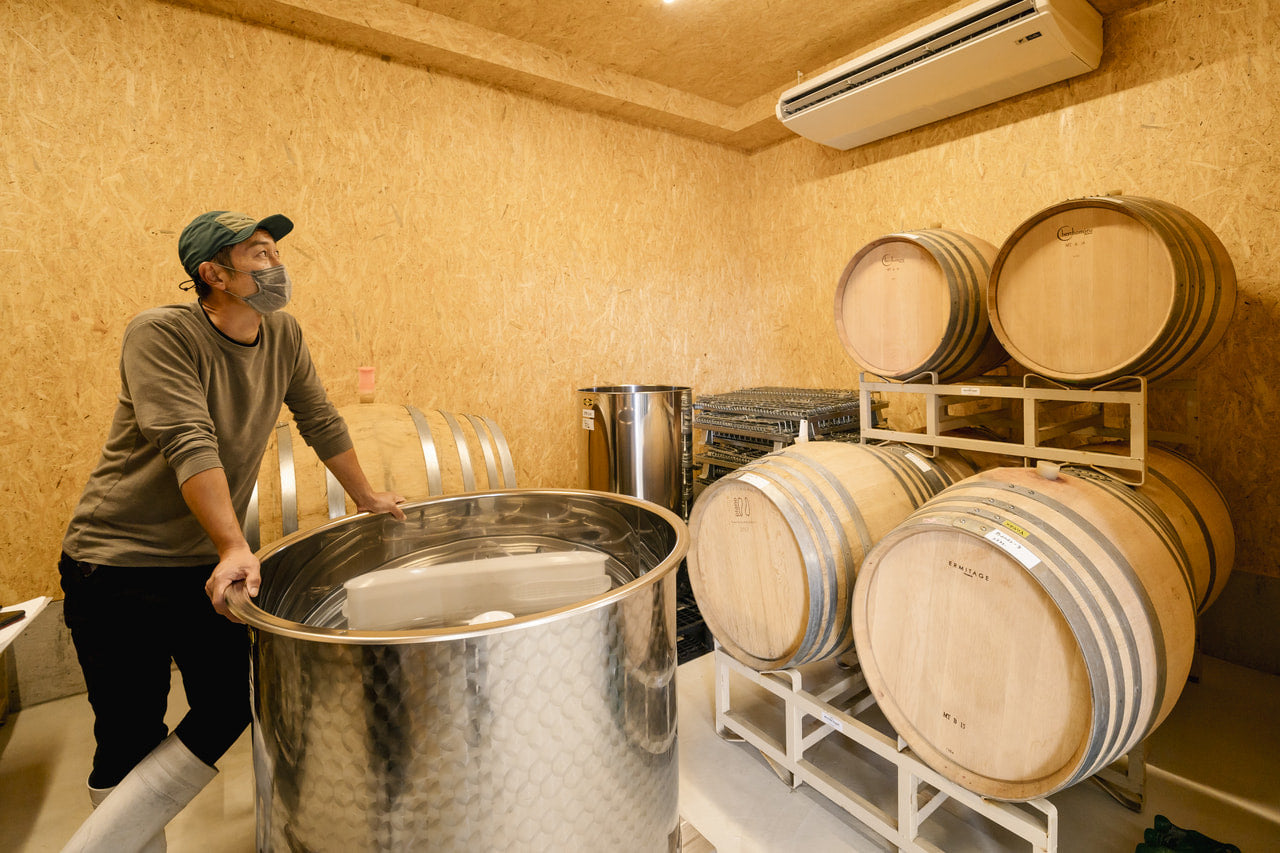
Because the wine is vinified with wild yeasts and as little sulphites as possible, the winery and home are combined, as the wine has to be monitored frequently and any problems have to be dealt with quickly and appropriately.
The ceiling is low because the home is on the second floor, but it is high enough to allow a forklift truck to enter so that gravity flow can be used to move the liquid. It's basically set up so that he can manage everything on his own, including adding castors to the storage baskets and customising the tools to suit the winery.
The Kyoho, to which he is particularly attached, tends to be a sweet souvenir wine, but he continues to challenge himself to create a fuller flavour, similar to that of wines made with European varieties.
With regard to vinification, he has adopted carbonic maceration to achieve such wines. He is mainly making an effort to produce such wines in the cultivation. The focus is on how to produce small grapes with intense colour.
What he is aiming for is a taste like Gamay from Beaujolais. He has been researching since when he was making wines on commission, such as blending various grape varieties with Kyoho, and has come closer to the wine he has imagined.
He is thinking of exporting more and more to other countries in the future. He would like to export wines made from Kyoho that are unique to Japan, rather than European varieties.
“Last year (2023), when I presented the wines at a Japanese wine tasting in Burgundy, I received very interesting results. Many people didn't mind the foxy flavour and said it had finesse. I thought that Kyoho is a grape variety that can compete overseas”.
